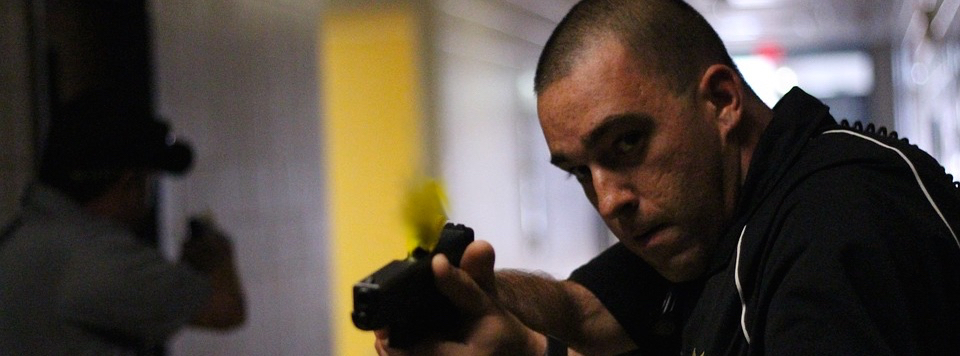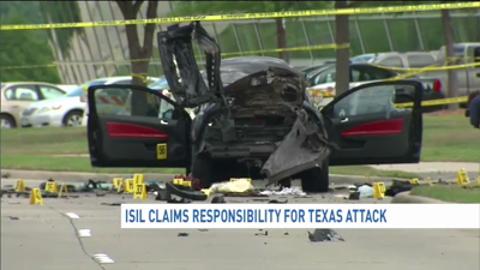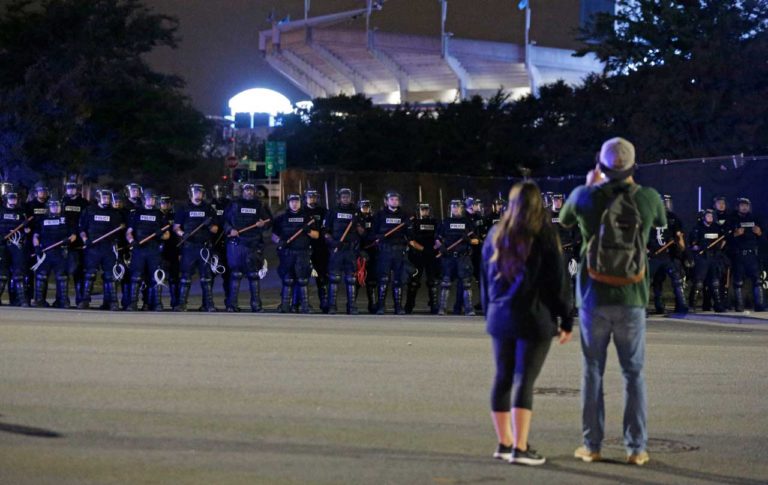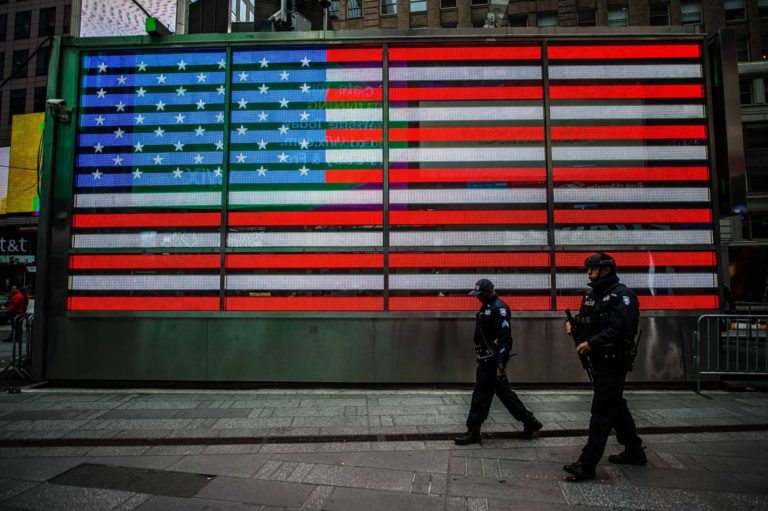Active Shooter Defense

Predator: Tom S. HRT Special Agent, Federal Bureau of Investigation
Discussion: The best way to survive an active shooter incident is not to be part of one.
You don’t need to take a Chicken Little approach to life. Hiding in your house for the rest of your life is not the answer to avoid the increasing number of violent shooting incidents in today’s society, including active shooters. It does mean learning more about common locations, targets and other patterns of the beast to take steps to protect yourself.
Our friend, Tim, with the Federal Bureau of Investigation (FBI) shares insights on this special breed of killers from a recent Bureau study. The U.S. averaged about one active shooting incident every three weeks from 2000 to 2013. And things haven’t been getting better. USA Today found 18 mass shootings so far in 2015. That doesn’t count gang, criminal and other violent killings.
Other studies have slightly different stats, but let’s not quibble. The basic facts remain. Most active shooters are men. They are equal opportunity killers of men and women, old and young, and all races and ethnic groups.
Where, When and Why: Tim notes nearly half of incidents occurred at businesses or malls. Nearly a quarter were at schools and universities. Another 10% took place on government properties. Go where people are – if you’re hunting people. Other locations included houses of worship, health care facilities, open spaces and residences. In the study, shootings occurred on all days of the week with the highest number of incidents on Mondays, followed by Fridays and then Tuesdays, Sundays and Thursdays (the 2015 Oregon college killing was on a Thursday). You face less risk Wednesdays with Saturday having the lowest number of incidents. Shooters like to take a break on hump day, too.
A chilling connection is the number of incidents associated with domestic or family violence. In 10% of incidents, shooters targeted current, estranged or former wives or girlfriends. In almost 10% of incidents, the shooter targeted family members. So if someone at your work talks about getting into a fight with her ex or family member, stay clear! Seriously, if the situation sounds dangerous, suggest that person reach out to Human Resources, a domestic violence assistance group or law enforcement. Preemptive action is better than wishing you’d done something after the fact. The situation is most dangerous just after someone leaves their abuser.
Taking Action: Almost two-thirds (60%) of incidents are over before the police could arrive. Most incidents are over in five minutes or less. Over a third are over in two minutes or less. Your risk of death is pretty high. In the FBI study, nearly half of those injured died (486 out of 1,043 casualties). It’s going to go down quick. The odds aren’t the best. Are you prepared?
Most of the time you hear someone talking about how they will blow away a shooter. Guess what? Tim notes unarmed citizens were three times more likely to stop an active shooter than armed citizens. Most “armed” citizens in the incidents are really private security guards.
We’ve talked about it before. But it’s good to emphasize again. Preparation is key. These skills work for an active shooter or many other violent situations. Always be scanning the environment. Think about what you’d do before a situation occurs. If you can, get away! A shooter has a tough time hitting a moving target. Run in a zigzag pattern or from cover to cover. Dense wood, concrete, steel and granite all stop or slow bullets. If you are trapped, find a good place to hide. Try to lock or barricade a door. Use whatever is available to create obstacles. Close blinds and curtains. Silence cell phones and other digital devices. Remember to keep your eyes on the bad guy.
If all else fails, fight. The best option is to team up with others. Make a plan. Carry it out aggressively. Try to protect yourself using emergency shields. Insert books or other hard objects into your shirt. If possible, carry duct tape to wrap several layers together. A commercially available Kevlar clipboard will stop a 9 mm pistol bullet. Use anything available as a weapon – backpack, books, fire extinguisher, chair, etc. And you can always walk around in bullet-proof body armor if you’re really paranoid.
The primary goal is to be prepared. Think through potential scenarios. Anticipate the unimaginable to gain the edge.
More to Follow!




